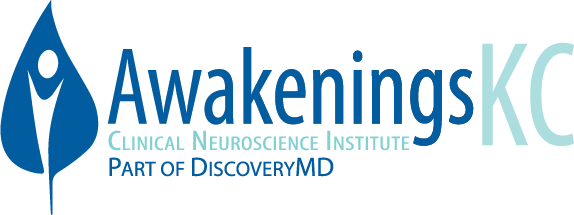TMS Maintenance?

A growing body of evidence suggests maintenance TMS is an effective strategy for preventing relapse in patients with treatment-resistant depression.
Transcranial magnetic stimulation (TMS) is an established, noninvasive, and nonconvulsive neuromodulation technique initially developed in the mid-1980s as a tool to study human neurophysiology (1). Since that time, several diagnostic and therapeutic clinical applications for TMS have been developed that are part of the standard of care in neurology, neurosurgery, and psychiatry clinics around the world.
Notably, in 2008 the Food and Drug Administration (FDA) cleared the use of high-frequency repetitive TMS (rTMS) to the dorsolateral prefrontal cortex for the treatment of major depressive disorder (MDD) (2). Four TMS systems have since been cleared by the FDA and are commercially available for the treatment of depression in the United States. Although many insurance companies are now covering TMS treatments, there are significant differences across states.
Most clinical research efforts to date have focused on understanding the role of TMS as an acute treatment for depression. The largest multicenter naturalistic trial studied the effect of TMS on 307 patients who presented to 42 U.S.-based TMS clinics with persistent symptoms of MDD (3).
After a standard acute course of TMS, the response rate was 58 percent, and the remission rate was 37.1 percent, according to the primary outcome measure (Clinical Global Impressions-Severity [CGI-S] scale). When considering secondary measures (Patient Health Questionnaire [PHQ-9] and Inventory of Depressive Symptoms-Self Report [IDS-SR]), the response rate ranged from 41.5 percent to 58 percent and the remission rate ranged from 26.5 percent to 37.1 percent.
While these data are encouraging and a motivation to continue translational and clinical research efforts to further improve the acute efficacy of TMS, the clinical management of depression does not end after the initial acute course of treatment, even if successful. A longitudinal study of 257 adults with treatment-resistant depression found that 70.5 percent of patients who remit after a full course of TMS remain in remission a year later, and 62.5 percent of patients who respond retain the therapeutic benefit over the same period (4). This is not without additional treatment though: 36.2 percent of the patients followed in this study required more TMS during the one-year follow-up period, ranging from a couple booster sessions to an additional full course (the mean number of sessions was 16.2).
Interestingly, additional TMS was more likely in the subgroups that obtained initial benefit (42.1 percent of remitters and 61.4 percent responders versus 32.2 percent of partial responders and 19.5 percent of nonresponders). These data tell us two things: the effects of TMS are durable, and additional TMS after the acute course of treatment may have a role in keeping patients well.
What should we offer to patients after they have completed an acute course of TMS treatment, particularly if they responded? The current standard is to return patients to their outpatient providers for continued pharmacological and/or psychotherapeutic treatment, and if symptoms relapse, a new course of TMS can be considered. But similar to ECT, one could envision a relapse-prevention strategy that includes maintenance treatments after the acute course.
Read the story bellow by clicking the link:
http://psychnews.psychiatryonline.org/doi/full/10.1176/appi.pn.2016.pp6a5

